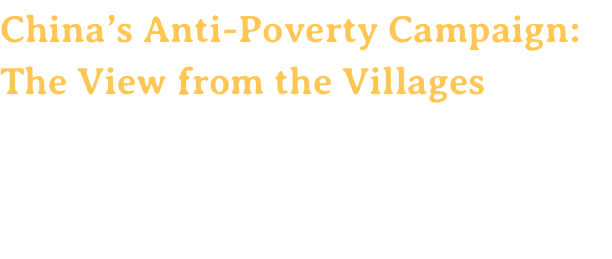In 2015, China’s leaders pledged to eradicate poverty in the country by the end of the decade. And they appear to have done it — with 38 days to spare.
The central government defines a county as impoverished if over 2% of its residents earn less than 4,000 yuan (around $600) per year. On Nov. 23, it announced that all 832 counties that had met the criteria five years ago had now risen above the poverty line.
Achieving this feat required a nationwide effort. Authorities launched sweeping campaigns to raise local living standards, relocating people from mountaintop hamlets, pairing wealthy eastern regions with inland provinces, sending migrant workers from rural areas to large coastal cities, and doling out cash subsidies to qualifying households. According to an official estimate from November, over 93 million people in China have been lifted out of poverty since 2013.
But how sustainable is the result? After 2020, China’s anti-poverty campaign and targeted financial assistance policies will be scaled back — from “warlike” to “normal” intensity — according to the State Council, China’s Cabinet. Will communities be able to support themselves over the long term?
In search of answers, Sixth Tone traveled across the country, visiting counties recently declared poverty-free and speaking with local people involved in the campaign. Each region took its own approach to implementing the central policy — with very different results.





